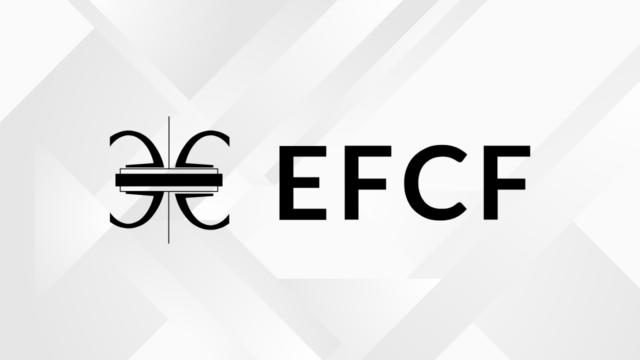Due to the multiple challenges climate change poses, there is a pressing need to cultivate a diverse and renewable energy mix across Europe. At the heart of this effort lies hydrogen, the lightest element on Earth, which can be derived from various sources including natural gas, water, and biomass. Renewable energy sources can provide the electricity for electrolysis technologies. As nations struggle with the urgent necessity to mitigate carbon emissions and transition towards sustainable energy solutions, the spotlight increasingly falls on sustainably produced hydrogen.
This article explores the situation of EU’s hydrogen landscape, which are the efforts taken to develop a stronger hydrogen market and how EU-funded research projects, such as the HYScale project, can contribute to create a cleaner Europe.
The future of hydrogen energy
In the European Union’s goal of a sustainable future, green hydrogen emerges as a promising solution to decrease greenhouse gas emissions. As the EU aims for carbon neutrality by 2050, green hydrogen stands out for its capacity to serve as both a fuel and energy storage medium without releasing CO2 or polluting the air, aligning with environmental objectives outlined in the Paris Agreement. This clean energy source is produced through electrolysis technology, leveraging renewable sources like solar and wind power to split water into hydrogen and oxygen, thus operating without emissions. As the EU charts its course towards a greener energy landscape, green hydrogen’s significance becomes increasingly apparent, especially in sectors where carbon reduction presents formidable challenges.
The REPowerEU plan sets the target to produce 10 million tonnes of green hydrogen domestically and import an additional 10 million tons by 2030. In line with this drive, the European Commission and key EU electrolyser manufacturers committed to increase manufacturing capacity tenfold by 2025, achieving either 17.5 gigawatts in hydrogen output or a minimum of 25 gigawatts in electricity input, according to the Net Zero Industry Act.
This document also highlights how Member States’ Recovery and Resilience Plans (RRPs) allocate approximately EUR 12 billion specifically for hydrogen technologies. Additionally, the European Commission approved two Important Projects of Common European Interest (IPCEIs) in 2022 totalling EUR 5.4 billion and EUR 5.2 billion, respectively. These projects involve 15 and 13 Member States each, showing a clear commitment to strengthening the renewable hydrogen market.
EU funds and research initiatives for green hydrogen
A wide range of tools have been made available by the EU confirming the commitment to this objective. Some of them are: REPowerEU, Net-Zero Industry Act, the European Hydrogen Bank, the Critical Raw Materials Act or the Clean Hydrogen mission of Mission Innovation.
Special mention deserves the Green Hydrogen Strategy, which lies down in the Green Deal. This strategy outlines a phased approach to expanding the role of hydrogen energy, with a strong emphasis on green hydrogen. In another hand, the regulatory framework and policies within the EU are designed to facilitate the growth of the green hydrogen sector. This includes setting standards for production, ensuring the sustainability of hydrogen sources, and providing financial incentives for clean energy projects. These policies are crucial in creating:
- a conducive environment for innovation,
- reducing the cost of green hydrogen technologies,
- and encouraging market adoption.
Over the years, the European Union has made substantial investments in research and innovation, positioning itself as a global leader in hydrogen technologies. These initiatives aim to accelerate the development of efficient electrolysers, storage solutions, and robust distribution networks, vital for the widespread adoption of green hydrogen.
One of the flagship initiatives in this domain is the European Clean Hydrogen Alliance, a collaborative platform bringing together industry, government, and research stakeholders. The alliance plays a crucial role in fostering cooperation and coordination to scale up green hydrogen production and utilisation across Europe. Since 2007, the EU has allocated approximately EUR 3 billion to support nearly 800 projects fueling the entire hydrogen value chain through research and innovation programs.
HYScale project: a sustainable, cost-effective and scalable technology
Aligned with the European Commission’s Hydrogen Strategy, HYScale is a multinational, industry-focused, interdisciplinary EU-funded project, dedicated to advancing its electrolyser technology to produce green hydrogen. It aims to integrate a 100kW stack into a functional electrolyser system and validate it in an industrially relevant environment by running several tests and demonstrations (TRL 5).
HYScale’s technology seeks to deliver economical and truly green hydrogen. With an estimated CAPEX of €400 per kilowatt at the system level, it will use:
- critical raw material-free catalysts,
- fluorine-free anion exchange membranes and catalyst ionomeric binder,
- diluted KOH concentration (< 1 molar KOH)
The innovative components in the HYScale electrolyser stack enable it to operate at a high current density, 2.9 times greater than the current state of the art. This scalability potential – with active surface areas exceeding 400 cm² – positions HYScale to uphold the EU’s leadership in water electrolysis technologies.
Learn more about HYScale and stay up to date with the latest news about green hydrogen by subscribing to our newsletter and following our social media channels: LinkedIn and X.



